Nursery Farming 101: A Beginner’s Guide to Growing Healthy Vegetable Seedlings
Nursery farming is a game-changer for farmers looking to grow robust vegetable crops like cucumbers, bitter gourd, tomatoes, and more. Setting up a proper nursery ensures your seedlings get the best start, leading to stronger plants and higher yields. In this beginner’s guide, we’ll focus on the essentials of nursery farming tailored for vegetable growers. From selecting seeds to creating the perfect setup, here’s how to cultivate healthy seedlings like a pro!
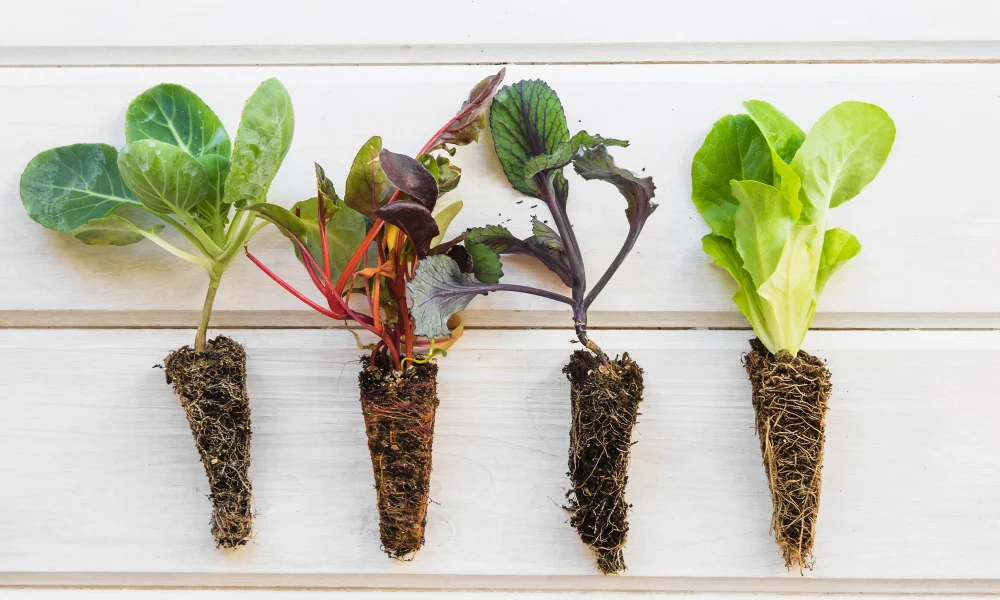
Why Nursery Farming Matters for Vegetable Growers
For farmers growing vegetables such as cucumbers, bitter gourd, and tomatoes, a well-managed nursery is the foundation of success. It allows you to control early growth stages, protect seedlings from pests and weather, and produce uniform, vigorous plants ready for transplanting. Starting with a nursery saves time, reduces crop failure, and maximizes your harvest—key priorities for any vegetable farmer.
Step-by-Step Guide to Growing Healthy Vegetable Seedlings
Here’s how to set up and run a nursery for vegetables like cucumbers, bitter gourd, and tomatoes:
- Select High-Quality Seeds
- Choose certified, disease-resistant seeds from trusted suppliers.
- Opt for varieties suited to your region—e.g., heat-tolerant tomatoes or fast-growing cucumbers.
- Check germination rates (aim for 85% or higher) to ensure reliability.

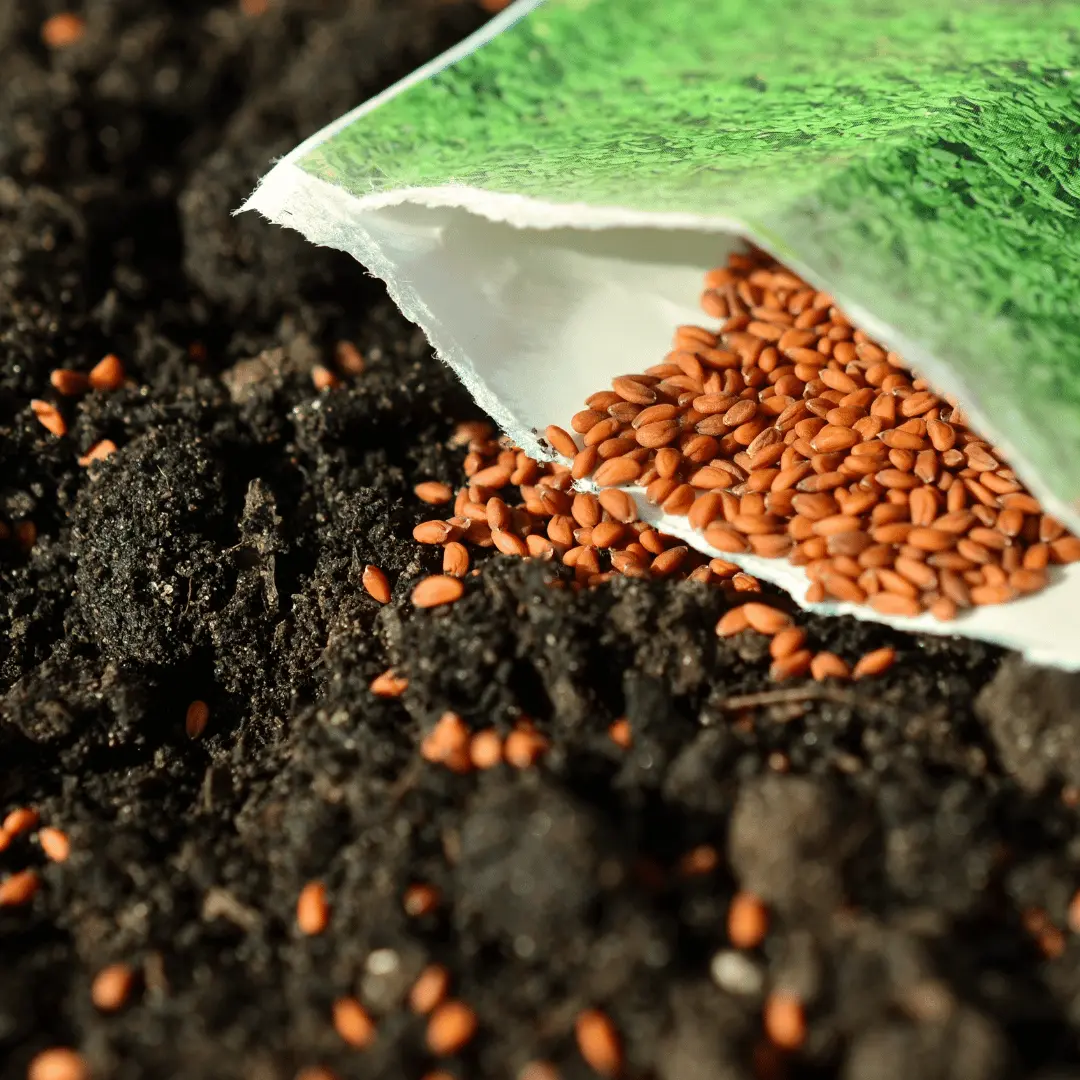
- Prepare the Right Growing Medium
- Use a lightweight, well-draining mix—combine coco peat, vermiculite, and compost in a 2:1:1 ratio.
- Sterilize the mix (solarize or heat-treat) to kill pathogens, crucial for vegetables prone to damping-off.
- Avoid heavy soil that can stunt root growth in crops like bitter gourd.

- Pick Suitable Containers
- Use 50- or 72-cell plastic trays for tomatoes and cucumbers—each cell should be 1-2 inches deep.
- For bitter gourd, opt for slightly larger cells or peat pots to accommodate its vigorous roots.
- Ensure trays have drainage holes and are cleaned before use.

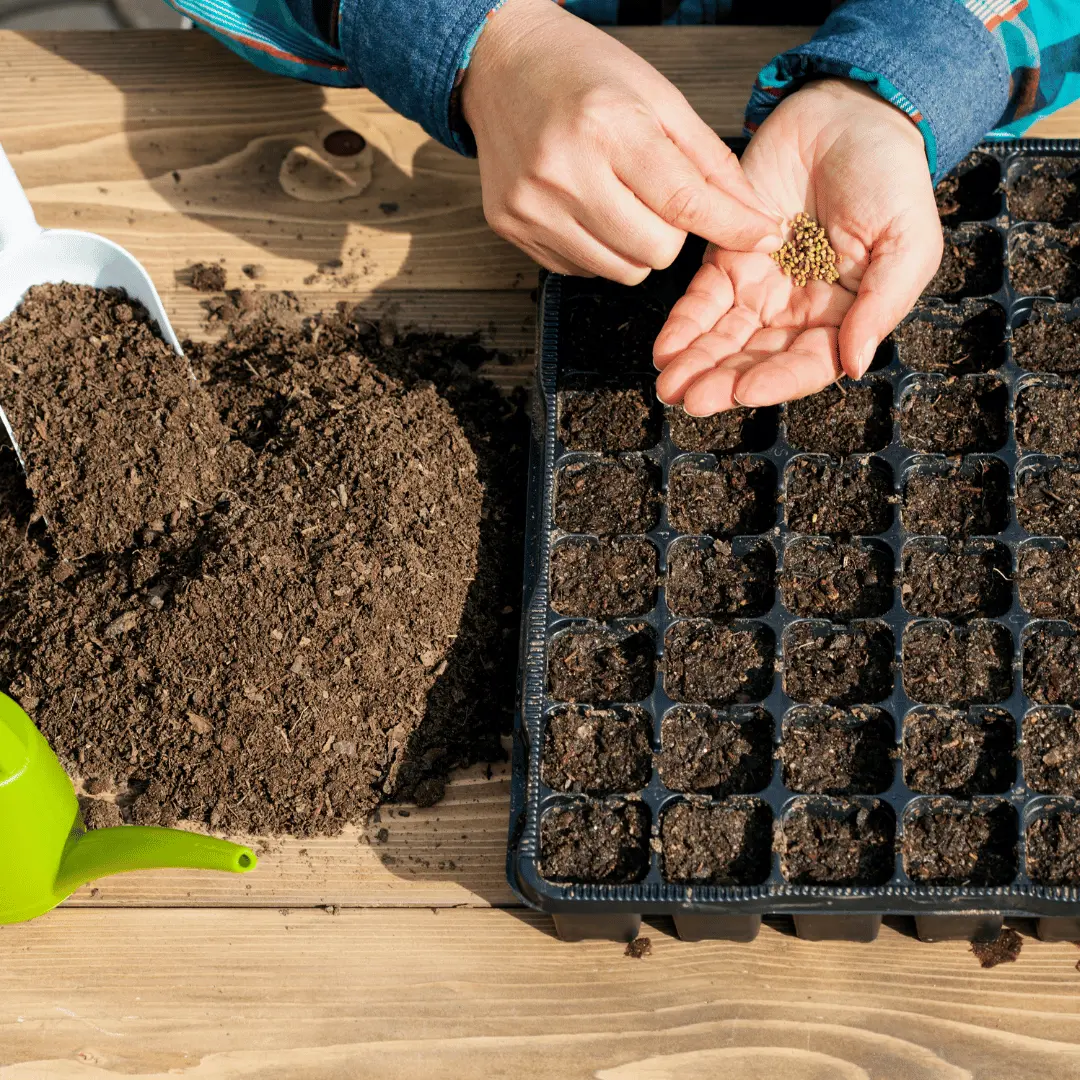
- Sow Seeds with Care
- Plant cucumber and tomato seeds ¼-½ inch deep; bitter gourd seeds can go slightly deeper (¾ inch).
- Space seeds evenly—one per cell—to avoid competition.
- Label trays with variety names and sowing dates (e.g., “Hybrid Tomato, March 24, 2025”).

- Water Properly
- Keep the medium consistently moist using a watering can with a fine hose or a mist sprayer.
- Water cucumbers and tomatoes lightly to prevent rot; bitter gourd tolerates slightly more moisture.
- Avoid watering late in the day to reduce fungal risks.


- Optimize Light and Temperature
- Place the nursery in full sun or under grow lights (12-14 hours daily) for even germination.
- Maintain 75-85°F (24-29°C) for cucumbers and tomatoes; bitter gourd thrives at 80-90°F (27-32°C).
- Shield seedlings from harsh winds or sudden temperature drops.

- Thin and Monitor Growth
- Thin weaker seedlings (e.g., snip extras with scissors) to leave one strong plant per cell.
- Watch for leggy growth in tomatoes—add more light if needed—or yellowing in bitter gourd, signaling nutrient needs.
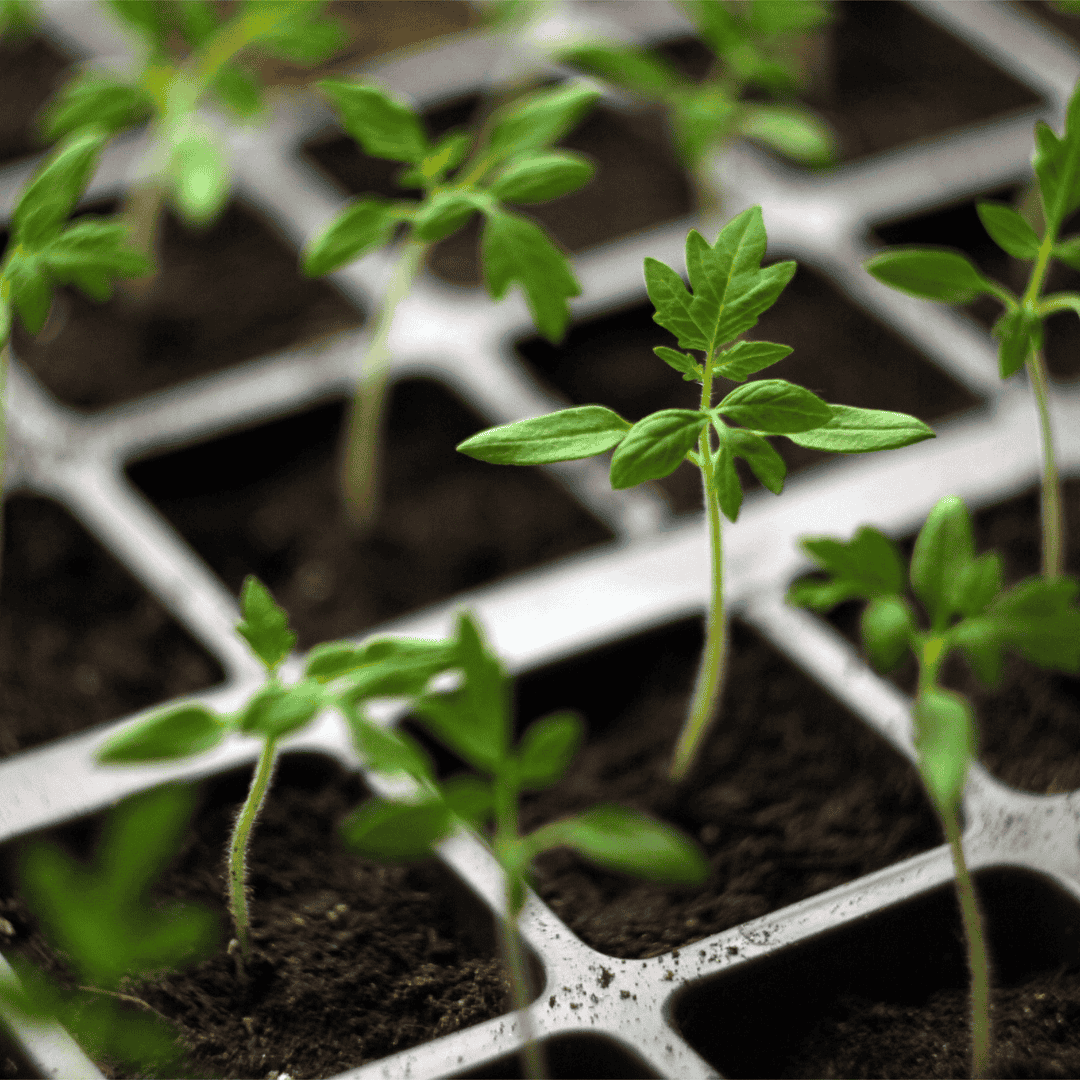
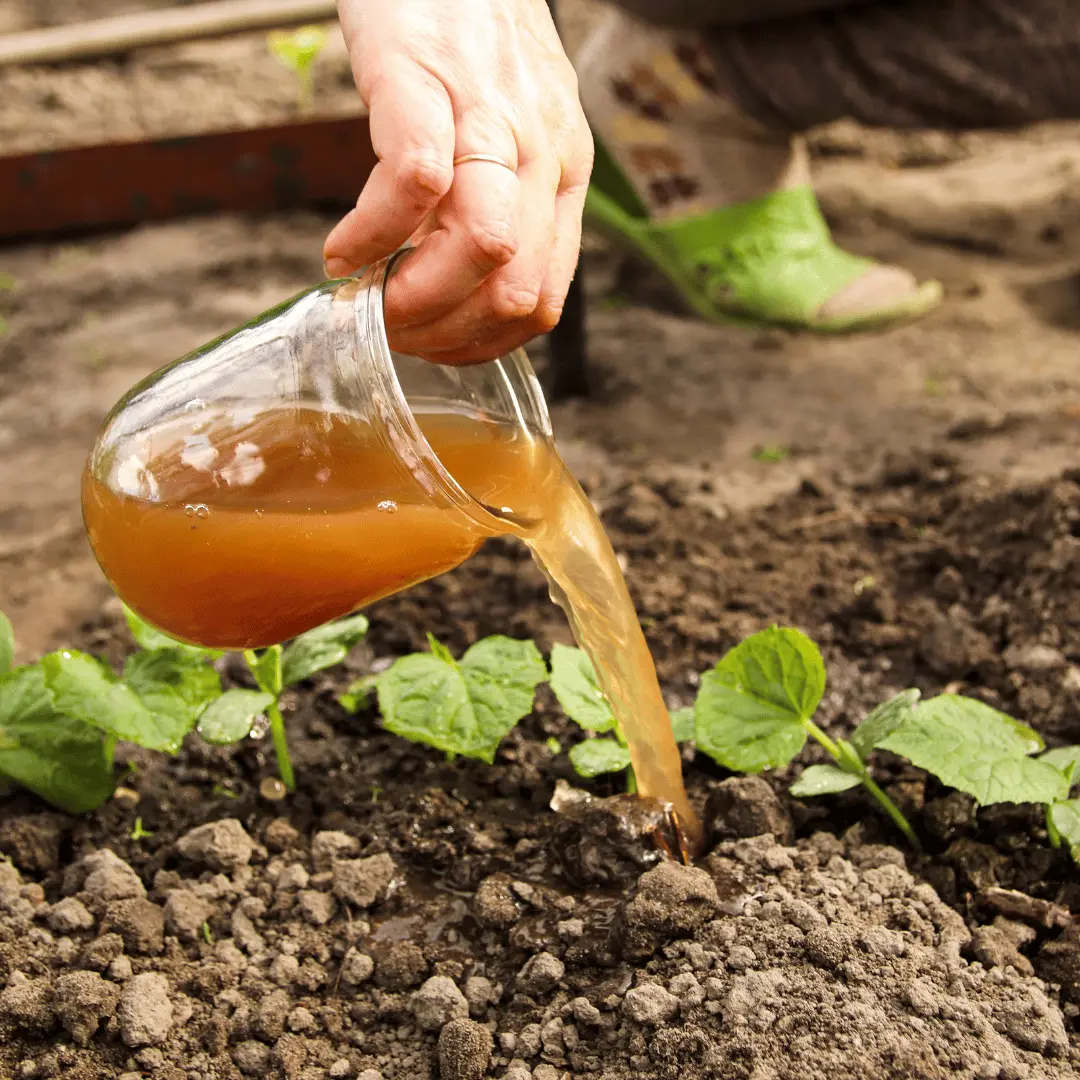
- Fertilize for Vegetable Vigor
- After true leaves emerge (2-3 weeks), apply a diluted liquid fertilizer (e.g., 5-10-10) weekly.
- Use less nitrogen for tomatoes to avoid excessive foliage; balance nutrients for cucumbers and bitter gourd.

- Harden Off for Transplanting
- Gradually expose seedlings to outdoor conditions over 7-10 days before transplanting.
- Start with 1-2 hours outside, increasing daily, to toughen up cucumbers, tomatoes, and bitter gourd.
- Transplant when seedlings have 3-4 true leaves—typically 3-4 weeks after sowing.
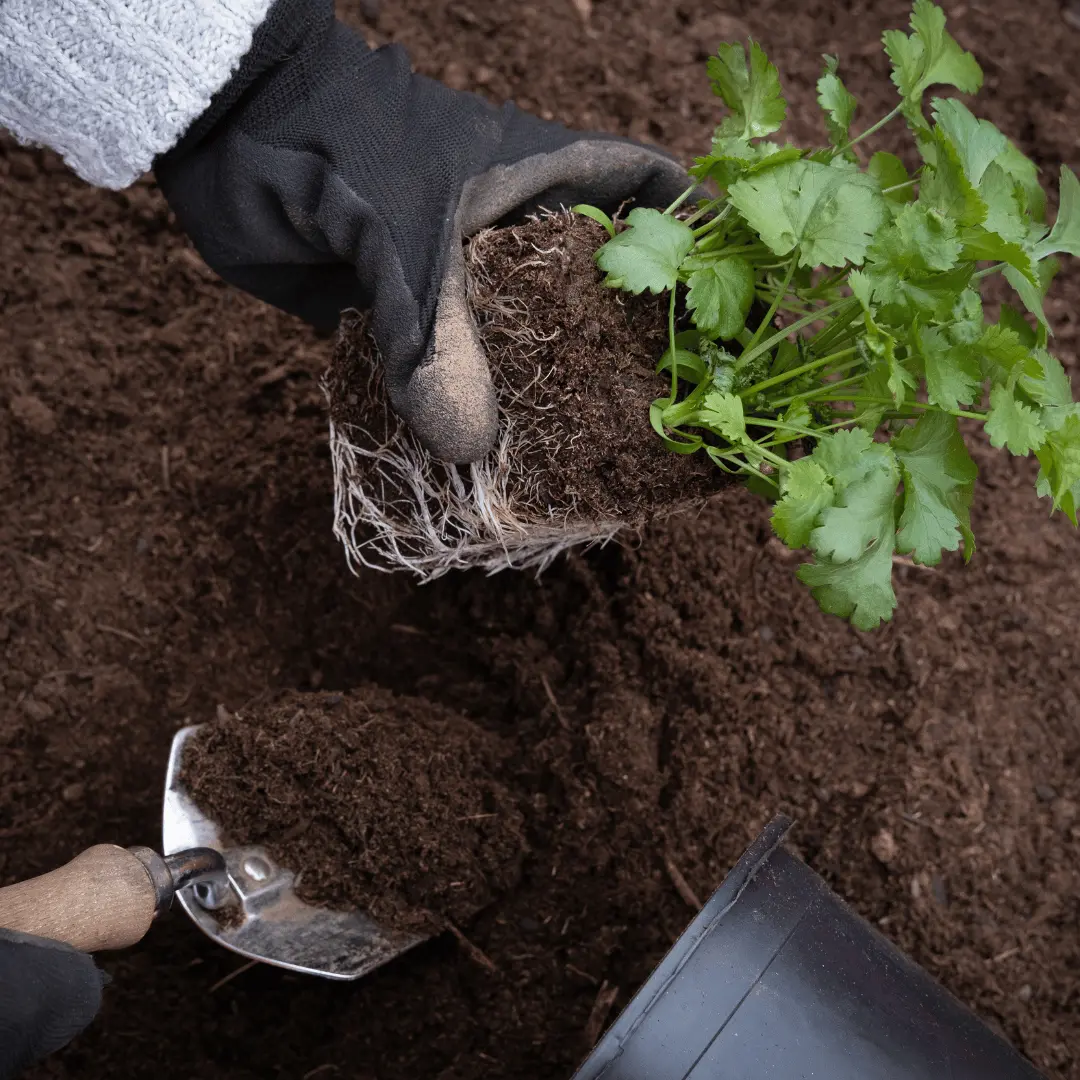
Tailoring Your Nursery to Specific Vegetables
- Cucumbers: Need warm soil and good airflow—elevate trays if possible.
- Bitter Gourd: Loves heat and humidity; mist lightly to mimic tropical conditions.
- Tomatoes: Require strong light and moderate watering for sturdy stems.
Common Challenges and Fixes
- Damping-Off: Common in humid nurseries. Improve drainage and avoid overwatering.
- Pest Attacks: Aphids or whiteflies may target tomatoes. Use neem oil or insecticidal soap early.
- Uneven Germination: Check seed depth and soil temperature—adjust as needed.
Tips for Vegetable Nursery Success
- Start Small: Test your setup with a few trays of cucumbers or tomatoes before scaling up.
- Time It Right: Sow seeds 4-6 weeks before your region’s transplanting season.
- Stay Organized: Keep a log of sowing dates and growth stages for each crop.
Benefits for Vegetable Farmers
- Higher Yields: Healthy seedlings mean more productive plants.
- Cost Savings: Growing your own reduces reliance on store-bought transplants.
- Crop Control: Customize varieties to meet market demand or personal needs.
Conclusion
Nursery farming is a must for vegetable farmers aiming to grow thriving cucumbers, bitter gourd, tomatoes, and beyond. By setting up a proper nursery with quality seeds, the right care, and a focus on your crops’ needs, you’ll lay the groundwork for a bountiful harvest. Ready to start? Grab your trays, sow those seeds, and watch your vegetable nursery flourish!



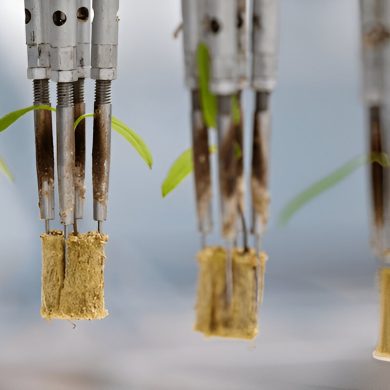

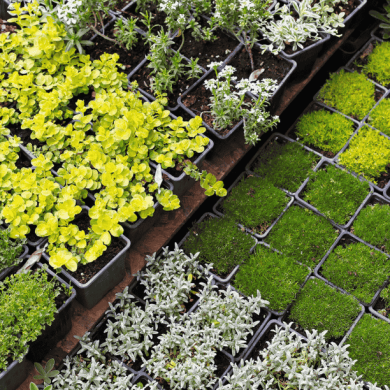



Add comment